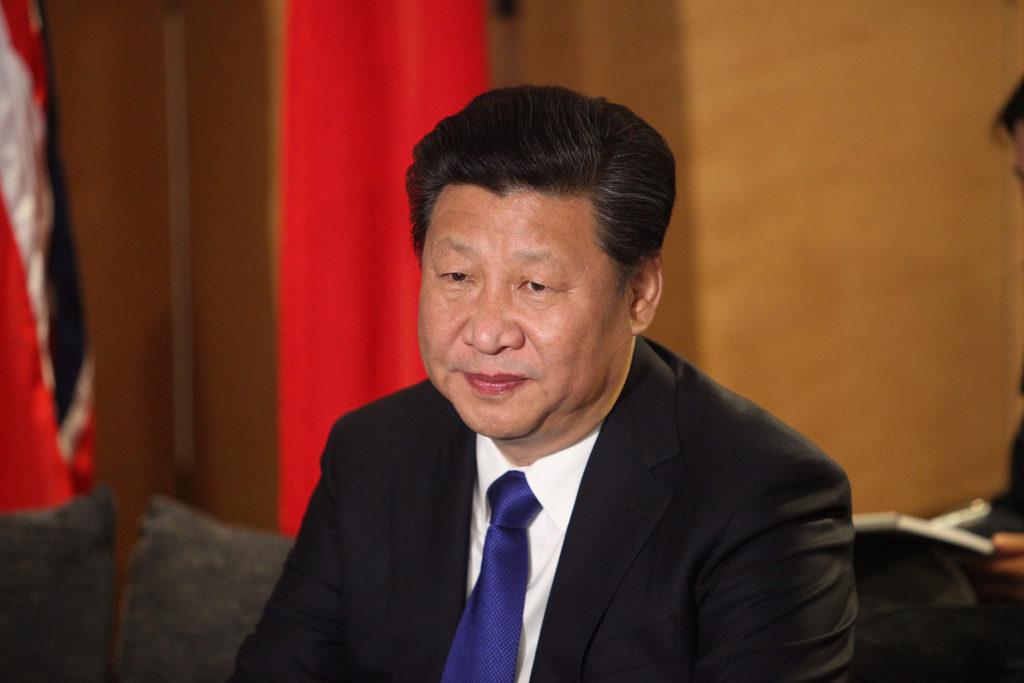It seems that the quarter of a trillion dollar trade war between the U.S. and China actually has produced some positive results, rather beginning to. It was announced late last week that Chinese officials would begin cutting import tariffs on textile products and metals, including steel products, to 8.4 percent from 11.5 percent in the effort to increase foreign-made imports into the country.
The news comes as Beijing is working to stave off the effect of rising tension among its largest global trading partners, such as the U.S and other Western nations.
President Donald Trump has railed against China since his 2016 campaign for office based on China’s long-alleged theft of intellectual property, entry barriers to trade, and over a half a trillion dollars in trade deficit per year. Although throughout the world many were concerned that China’s warming promises of reform were hollow and that Trump’s tariffs would invite unwanted retaliation, Chinese President Xi Jinping some signs of demonstrated goodwill on the trade front at the China International Import Expo today. In a speech, “China’s president for life” also highlighted the country’s forward movements in opening its education, telecommunications, and cultural sectors, while protecting foreign companies’ interests, and punishing violations of intellectual property rights.
In July, China reduced import tariffs on a range of consumer items including apparel, cosmetics, and home appliances to further open China’s traditional isolationist consumer market.
In a report from Reuters, the new lowered import tariffs on wood and paper products, minerals, and gemstones will be cut to 5.4 percent from 6.6 percent. Furthermore, the average import tariffs on over fifteen hundred products will be lowered to 7.8 percent from 10.5 percent.
A spokesperson from China’s trade ministry said, “Reducing tariffs is conducive to promoting the balanced development of foreign trade and promoting a higher level of opening up to the outside world.”
According to CNBC, China imported $1.84 trillion of goods in 2017, up 16 percent – approximately $255 billion – from one year earlier. Of that total, China imported about $130 billion of goods from the U.S. The Chinese government’s top diplomat, State Councillor Wang Yi, said in March that China would import $8 trillion of goods in the next five years.
Preparing for this, and understanding that the Chinese economy is unable to fully support it growing wishes of dominating the Eastern Hemisphere, at least at the current time, the remarks on behalf of China are at least some good signs that import duties have been used, in theory, to the benefit of the U.S. and her allies.
Just one month before the next G-20 meeting in Argentina, the European Union has also started to call on China to take concrete steps to further open its market to foreign firms and provide a level playing field. As the redevelopment of NAFTA as been put into place, which is now the United States-Mexico-Canada Agreement (USMCA), the White House will now set it sights on striking a deal with Xi’s China to come out victorious in the worldwide tariff battle.
Trump has reiterated that if a deal is not made with China, he could impose tariffs on another $267 billion of Chinese imports into the U.S.

